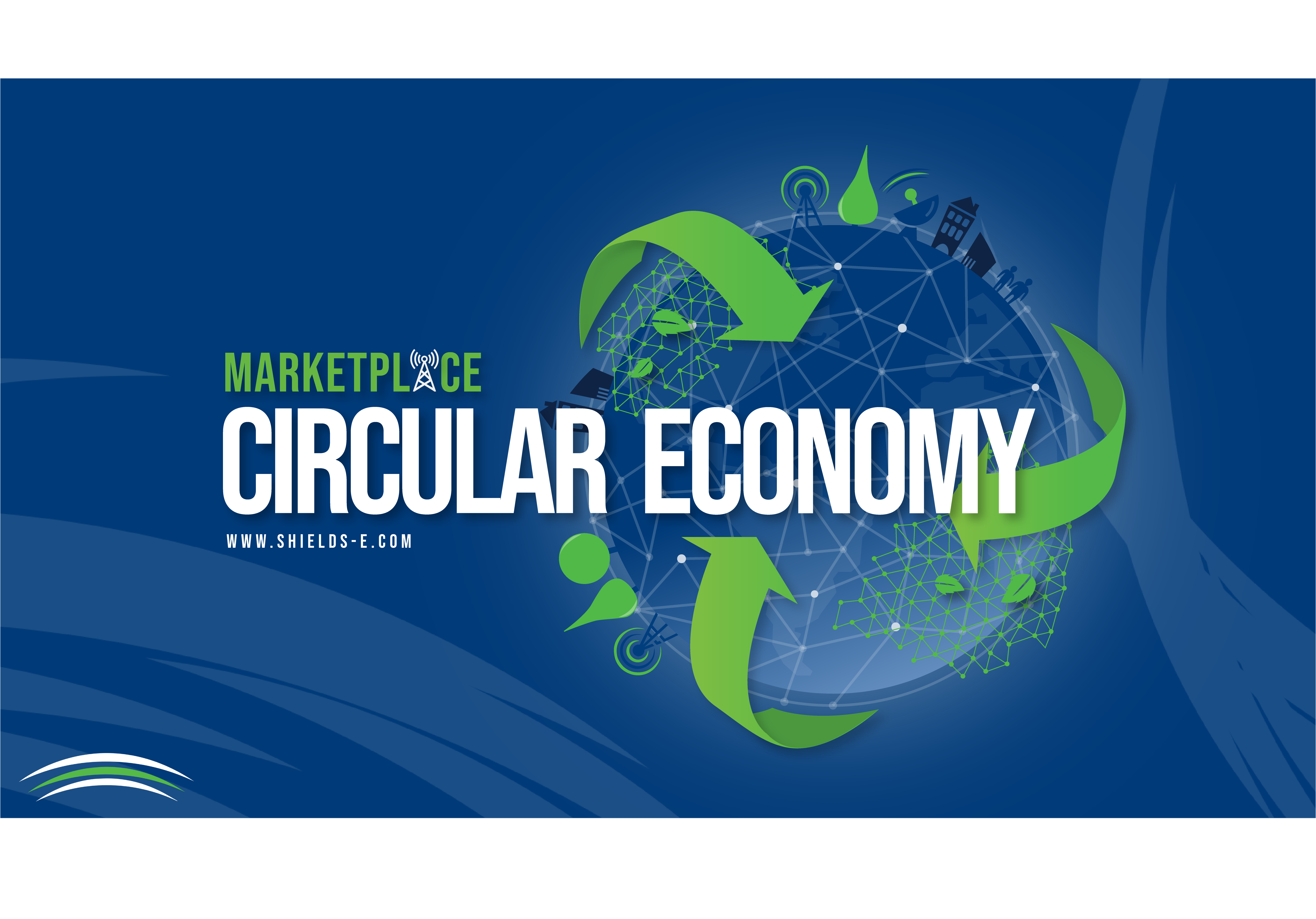What is the circular economy and why is it important? Read on to find out about our circular economy model and how the EU is transforming many companies towards a greener future, using circular economy strategies.
March 2022 saw the EU propose a series of new sustainability rules that could transform how many everyday products are designed, manufactured, and disposed of. These proposals have been drawn up to tackle the over-consumption of a wide variety of goods such as clothing, furniture, and technology and limit the environmental impact of their production and disposal.
Under these proposals, goods sold into the EU would have to meet new standards that require items to contain recycled materials, be easier to repair and recycle and be longer-lasting to be utilised by second and third-hand users. This new framework would significantly reduce the volume of raw materials being mined, the number of new items being manufactured, and the waste generated. The European Commission has also stated that these changes could lower reliance on natural resources claiming that the new framework could lead to “energy savings which correspond to around 150 billion cubic metres of natural gas”.
The new framework is also likely to impact consumer habits as it is set to include more stringent rules around the sustainability information brands have to provide. This new guidance aims to create a circular economy that provides consumers with a clearer understanding of the environmental impact of the products they use to make more informed decisions about the items they invest in.
While these proposals have only recently been announced, this sentiment has been at the core of Shields for over 40 years. Since the company’s inception, Shields has been working towards developing a circular economy within the telecommunications industry, a goal that leaped forward in 2019 with the launch of MarketPlace.
MarketPlace is an innovative cloud-based inventory management platform, and it is revolutionising procurement within the telecommunications industry. This cutting-edge software system offers telecommunications network providers an alternative to purchasing new hardware from the original equipment manufacturer (OEM) by providing a global view of their assets worldwide. MarketPlace then identifies the most efficient source for the product required, making it possible to reuse or refurbish existing equipment internally, thereby reducing the need for additional raw materials, manufacturing, and overseas shipping. This sustainable answer to sourcing is a key step in the sector’s net-zero journey and its move towards creating a circular economy.
A study by Zevero showed that purchasing assets through MarketPlace instead of placing orders with the OEM results in an average carbon saving of 89% per asset. Our further research shows that more than 117 million assets could be purchased from existing surplus equipment each year, which, based on our business insights, represents around 20% of the total assets currently purchased.
By enabling operators to make critical changes to their procurement processes, the MarketPlace platform can help the telecommunication industry lead the way in preparation for any future new regulatory changes. Reuse and recycle is an essential part of our business, and we are delighted that this is set to become a central strategy in other industries around the world.
For more information on Shields’ EcoVadis scorecard or other ESG practices, read our blog here or please contact our specialist teams:
EMEA: [email protected] Americas: [email protected]


